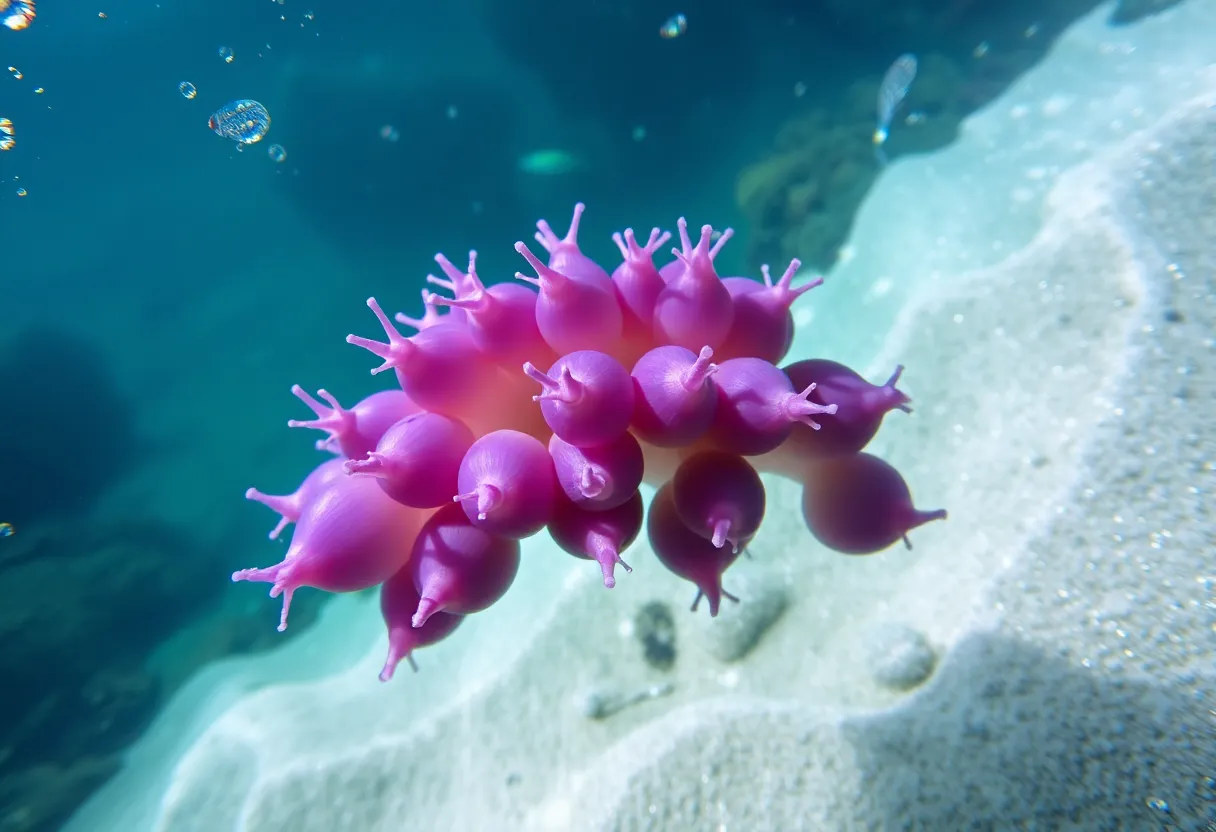News Summary
California’s Lake Oroville, the state’s second-largest reservoir, has reached full capacity on June 15, 2023, marking a historic achievement of three consecutive years. Currently holding 3.4 million acre-feet of water, it supplies drinking water to 27 million Californians. Despite assuring water levels, the discovery of an invasive species raises concerns for aquatic ecosystems. Recent wet winters have improved snowpack, but approximately 60% of the state remains classified as abnormally dry, emphasizing the need for sustainable water resource management.
California has witnessed a significant milestone as Lake Oroville, the state’s second-largest reservoir, reached full capacity on June 15, 2023, marking the third consecutive year of this achievement. This accomplishment is historic, as it is the first time in the reservoir’s 57-year history that it has been at full capacity for three years in a row.
As of the week prior to this milestone, Lake Oroville was recorded at 99% full by the California Department of Water Resources (DWR). The current surface-level elevation stands at 898.73 feet, just short of the maximum elevation base level of 900 feet. When at full capacity, the reservoir holds a staggering 3.4 million acre-feet of water, which is sufficient to supply over 7 million households for an entire year.
Lake Oroville plays a crucial role in supplying drinking water to approximately 27 million residents across the state and irrigates around 750,000 acres of farmland annually. Presently, the water levels at Lake Oroville are at 121% of the historical average for this time of the year. Most major reservoirs in California are similarly above their historical average water levels, with the notable exception of San Luis Reservoir, which is currently at 94%.
Impact of Recent Weather Patterns
The recent wet winters have contributed significantly to the improvement of snowpack accumulation in the Sierra Nevada mountains, helping to mitigate chronic drought conditions throughout California. This shift in weather patterns has been beneficial for water resource management across the state, particularly after Lake Oroville faced alarmingly low water levels in 2021. At that time, the lake’s decline raised concerns, with cracked lake beds highlighting the state’s ongoing water crisis.
Environmental Concerns
Despite the celebratory achievement regarding water levels, the discovery of the invasive golden mussel species during a boat inspection at Thermalito Forebay raises environmental concerns. Golden mussels pose a threat to aquatic ecosystems and can damage drinking water infrastructure. This highlights the ongoing challenges of managing both water resources and invasive species in California’s reservoirs.
Future Water Management
The DWR has indicated that under current conditions, wind events while the reservoir is at full capacity may lead to minor flooding from emergency spillway drains, a situation that is deemed normal. In response to demand, prosecutors announced plans to deliver 50% of water requests from State Water Project contractors; this is a proactive measure while remaining cautious about the potential for future dry conditions.
As of now, about 60% of California is classified as abnormally dry, with 40% experiencing moderate drought conditions, and nearly 25% facing severe drought. This situation underscores the need for ongoing management and the balancing act required to meet both water supply needs and environmental considerations in the state.
This year’s record achievement in Lake Oroville presents both a moment of relief and a call to action, emphasizing the importance of sustainable water resource management as California navigates its changing climate and fluctuating water supply challenges.
Deeper Dive: News & Info About This Topic
- Active NorCal
- Wikipedia: Lake Oroville
- Newsweek
- Google Search: Lake Oroville
- San Francisco Chronicle
- Encyclopedia Britannica: California Reservoirs
- Active NorCal
- Google News: California Reservoir Water Management
- Newsweek








